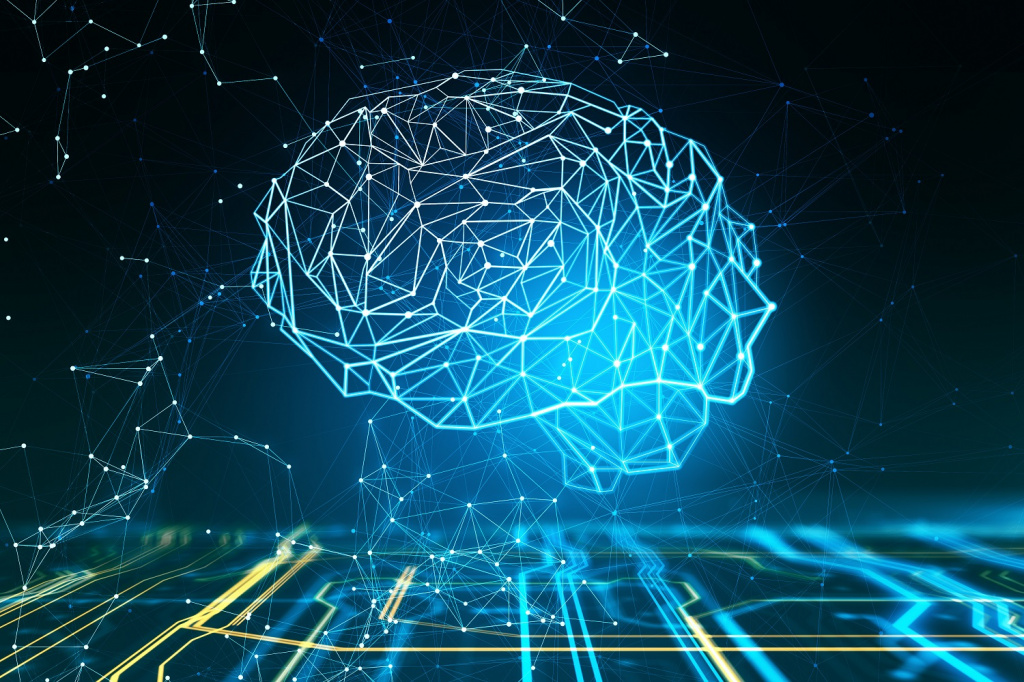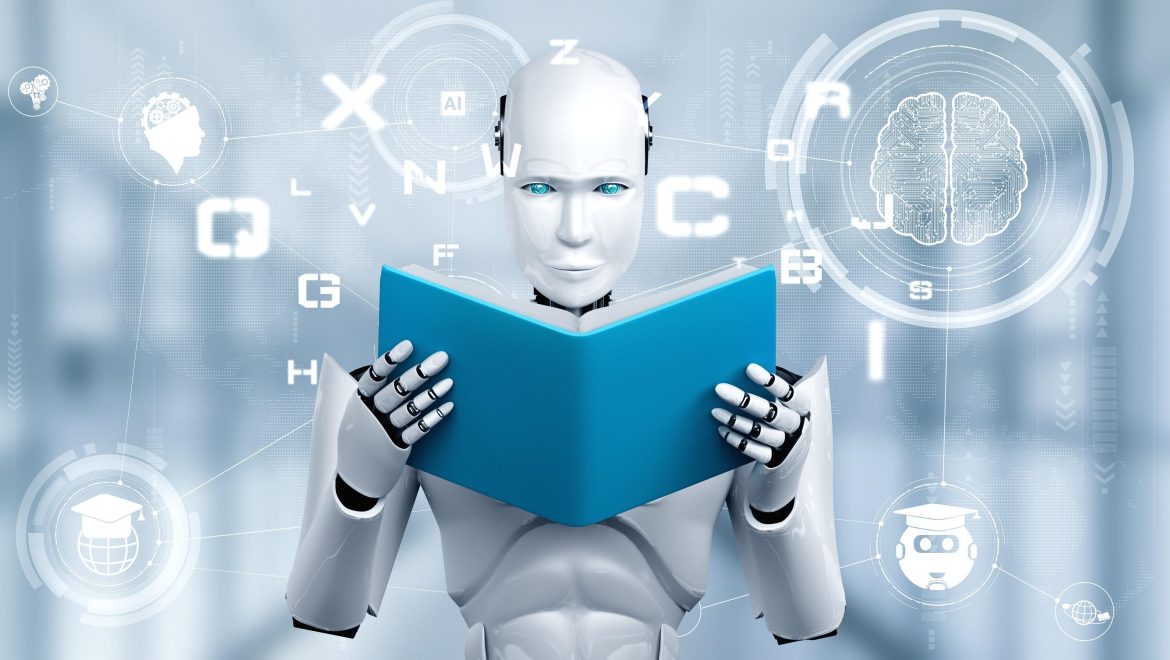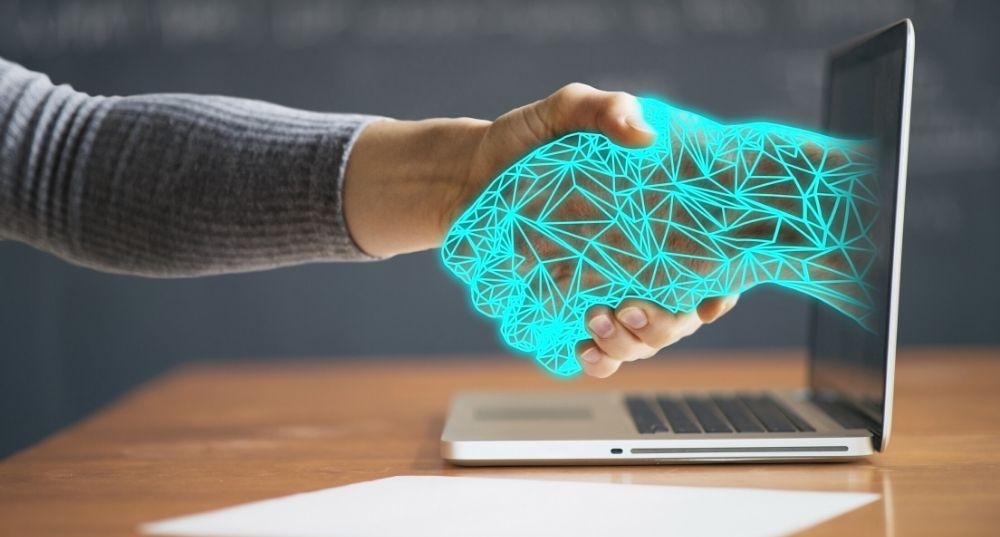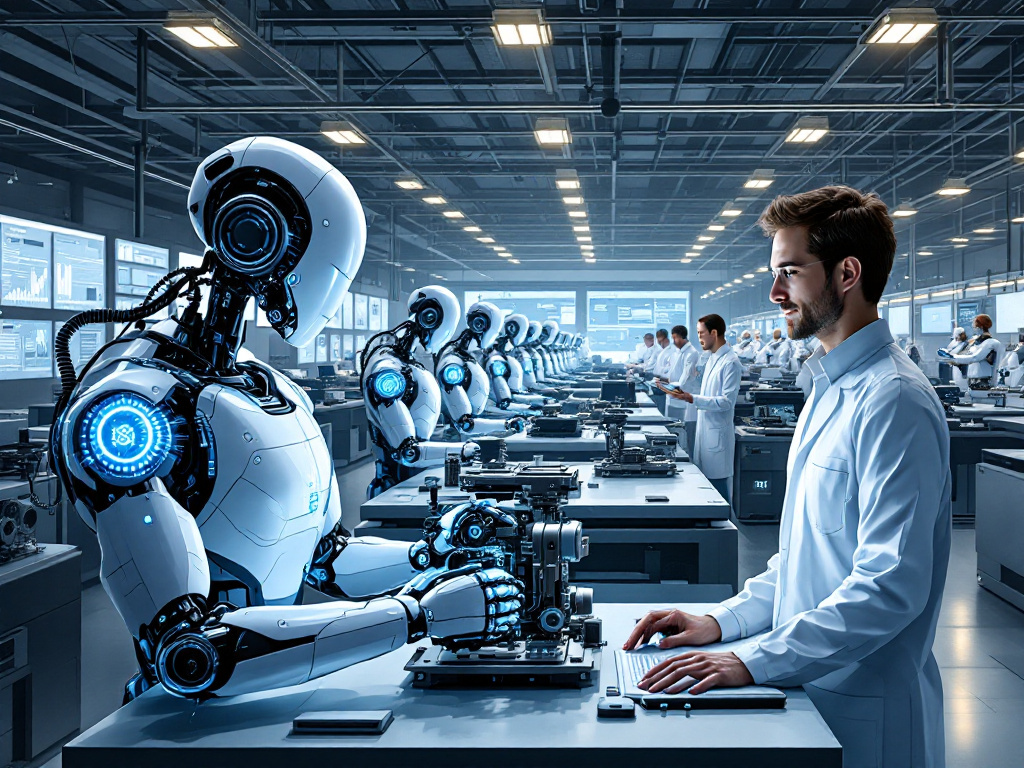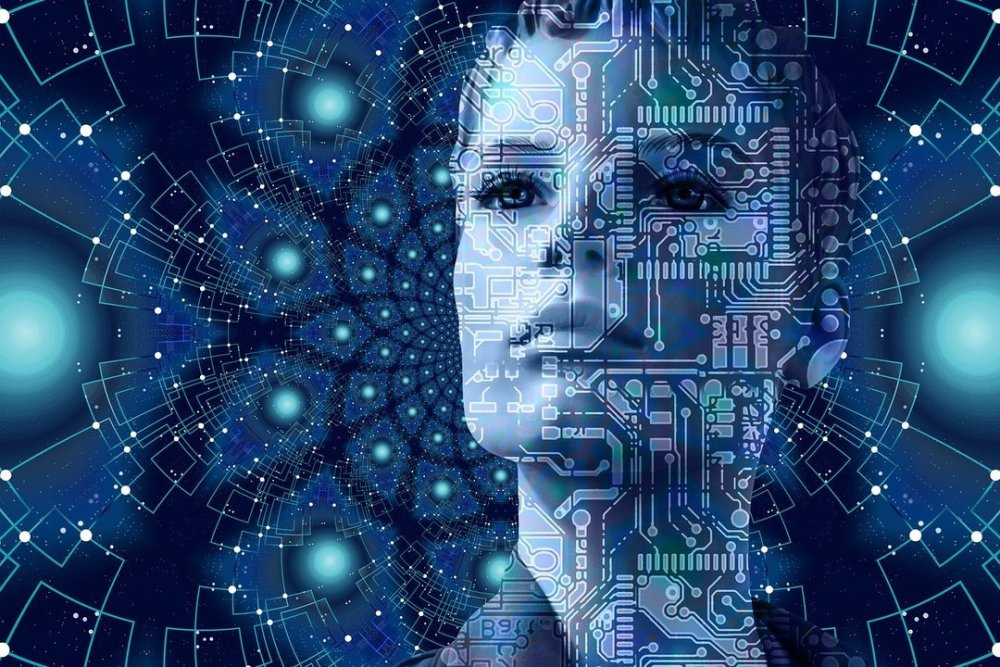It was supposed to be an ordinary conversation about the mysteries of the universe. A well-known Canadian science program had invited a respected astrophysicist from the University of Toronto to join the host in discussing black holes, distant galaxies, and the future of space exploration. The atmosphere in the studio was focused, and viewers at home followed every word with great interest.
But then something happened that no one had planned: the guest began to sneeze. Not once, not twice – but eight times in a row.
The host looked at him in surprise while the guest desperately tried to keep talking between sneezes. By the third sneeze, the audience couldn’t help but chuckle. By the eighth sneeze, the entire studio burst into laughter – including the host and the guest himself.
Dialogue in the Studio
Host (Emily Clarke): “So, you were just saying that the expansion of the universe…”
Guest (Dr. Michael Anderson): “Yes, the expansion is closely linked to dark energy, and… Achoo!”
Host (smiling): “Bless you!”
Guest (trying to continue): “Thanks. As I was saying, dark energy determines… Achoo! … the speed at which galaxies move away from each other. Achoo! Achoo!”
Host (laughing): “That’s a cosmic sneeze storm!”
Audience: Laughter, applause
Guest (between sneezes): “Maybe this is… Achoo! … a signal… Achoo! … from outer space.”
Host (barely holding back laughter): “Then I hope the aliens send tissues along with it!”
Audience: Roaring laughter
A Moment of Humanity
What began as a serious conversation about the universe turned into a moment of pure spontaneity. Viewers realized: these weren’t distant experts or untouchable TV stars, but people of flesh and blood. People who sneeze, laugh, and don’t take themselves too seriously.
In the end, both continued, still laughing, to talk about stars, galaxies, and the vastness of the cosmos. And perhaps it was precisely this shared laughter that gave the evening its special touch – a small reminder that even in the face of infinity, our humanity always takes center stage.

